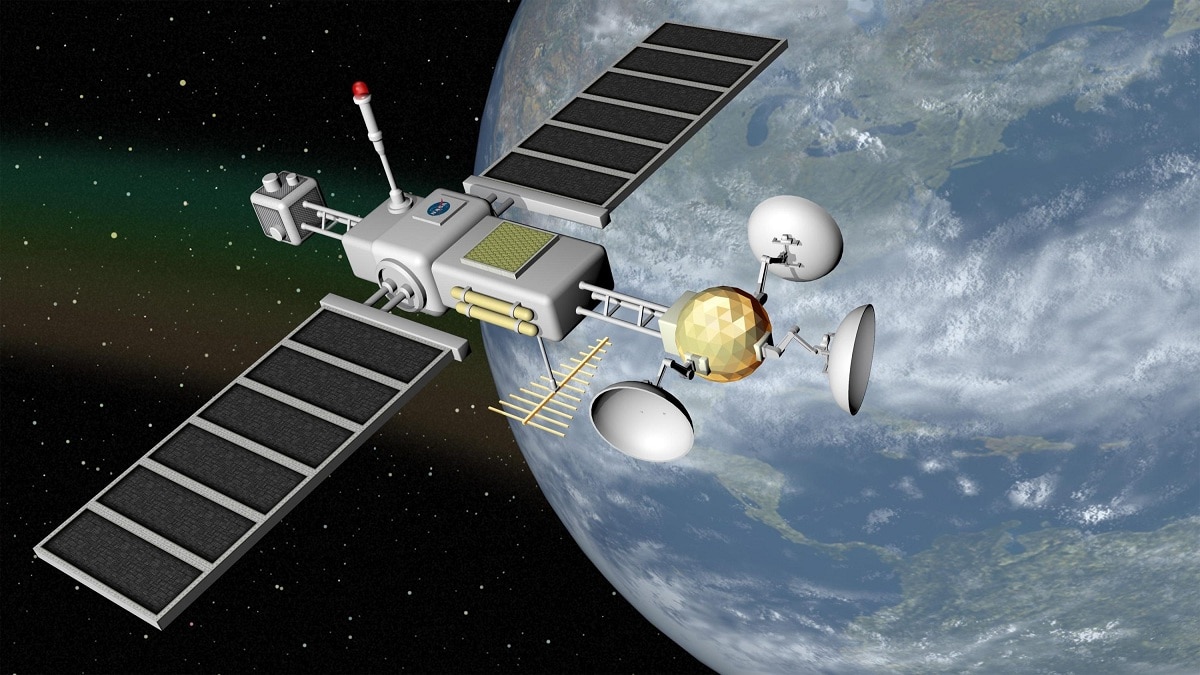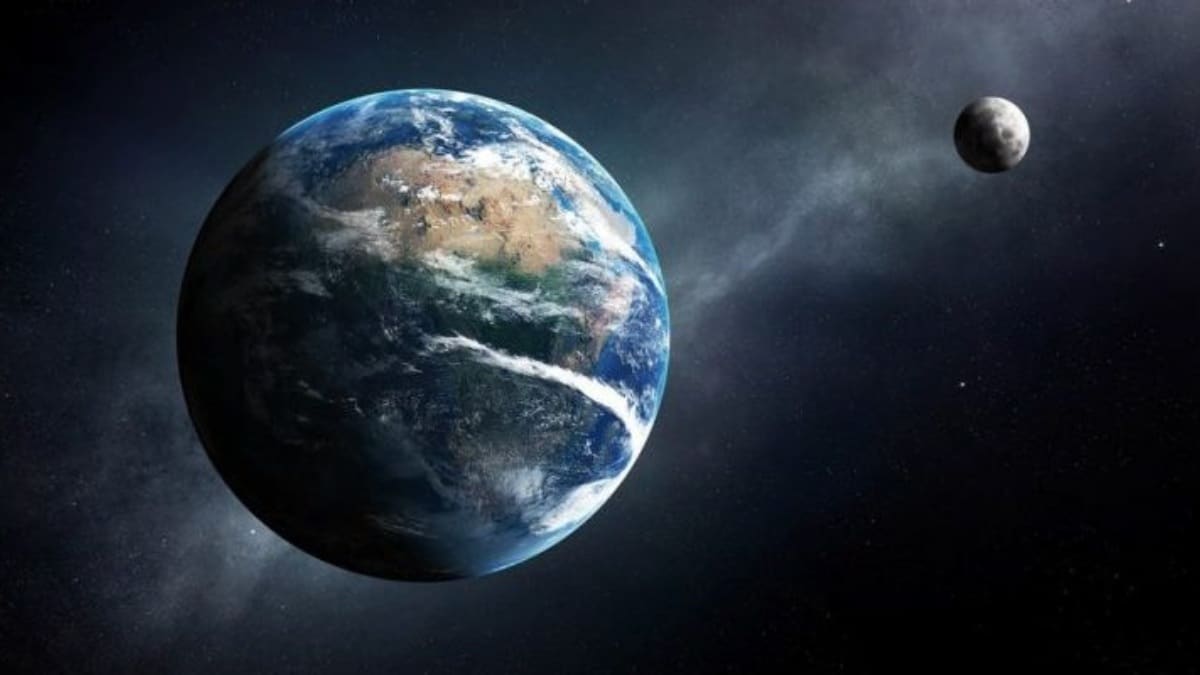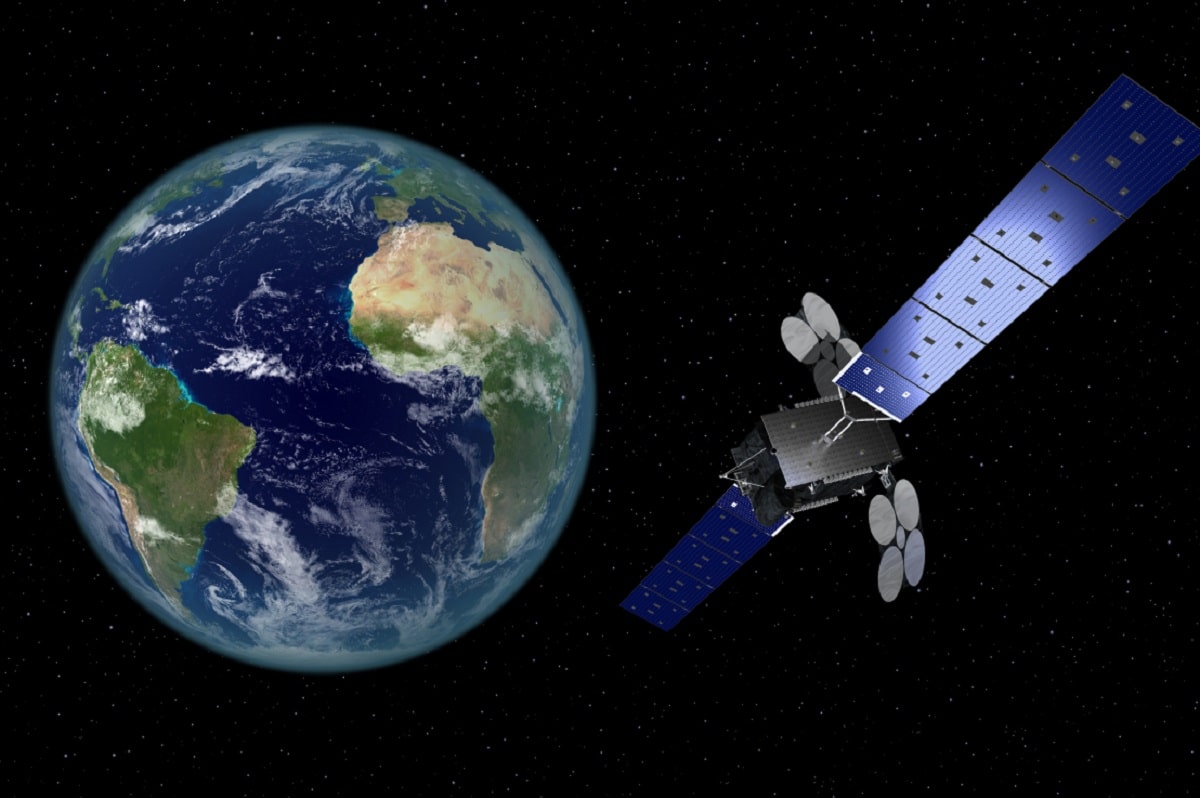
Surely you have ever heard of the moon being a satellite. However, not all people know very well what is a satellite. This is because there are both natural and artificial satellites. Each of them has different characteristics and functions and must be studied separately.
Therefore, in this article we are going to tell you everything you need to know about what a satellite is, what its characteristics are and what the importance of each one of them is.
What is a satellite

A satellite can have two definitions depending on whether we are referring to the natural part or the artificial part. If we refer to the natural part, we will be talking about an opaque celestial body that revolves around a primary planet. Secondly, The artificial satellite is a device placed in orbit around the Earth for scientific, military or communication purposes.
Types of satellites

Natural satellites
A natural satellite is a celestial body not created by man that orbits another orbit. The size of a satellite is usually smaller than the celestial body that it continues to surround. This movement is due to the attractive force exerted by the gravity of the larger object on the smaller object. That is why they start to work continuously. The same is true for the orbit of the earth in relation to the sun.
When we talk about natural satellites, it is also often called the common name of satellites. Since we call our moon the moon, the other moons of other planets are represented by the same name. Every time we use the word moon, it refers to a celestial body that orbits another celestial body in the solar system, although it can orbit dwarf planets, such as inner planets, outer planets, and even other small celestial bodies like asteroids.
The solar system It consists of 8 planets, 5 dwarf planets, comets, asteroids and at least about 146 natural planetary satellites. The most famous is our moon. If we start to compare the number of moons between the inner planets and the outer planets, we will see a big difference. The inner planets have few or no satellites. On the other hand, the remaining planets, called exoplanets, have several satellites due to their large size.
There are no natural satellites made of gas. All natural satellites are made of solid rock. The most normal thing is that they do not have their own atmosphere. Due to their small size, these celestial bodies do not have a suitable atmosphere. Having an atmosphere causes several changes in the dynamics of the solar system.
Not all natural satellites are the same size. We discovered that some are larger than the moon and others much smaller. The largest moon has a diameter of 5.262 kilometers, called Ganymede, and belongs to Jupiter. Unsurprisingly, the largest planets in the solar system should also have the largest moons. If we analyze the tracks, we will find if they are regular or irregular.
As for morphology, the same will happen. Some objects are spherical, while others are quite irregular in shape. This is due to their training process. This is also due to its speed. Objects that form quickly take on more irregular shapes than those that form more slowly, as do trajectories and time periods. For instance, It takes about 27 days for the moon to orbit the Earth.
Artificial satellites
They are the product of human technology and are used to obtain information about the celestial bodies they study. Most man-made satellites orbit the Earth. They are of great importance for the development of human science and technology. Today we cannot do without them.
Unlike natural satellites like the moon, artificial satellites are built by humans. They move around objects larger than themselves because they are pulled by gravity. They are usually very complex machines with revolutionary technology. They were sent into space to get a lot of information about our planet. We can say that the debris or debris of other machines, astronaut-powered spacecraft, orbital stations, and interplanetary probes they are not considered artificial satellites.
One of the main characteristics of these objects is that they were launched by rockets. A rocket is nothing more than any type of vehicle, such as a missile, a spacecraft, or an airplane, that can propel a satellite upward. They are programmed to follow the route according to the established route. They have an important function or task to complete, such as observing the cloud. Most of the artificial satellites that orbit our planet continue to constantly rotate around it. Secondly, we have satellites sent to other planets or celestial bodies, which must be tracked for information and monitoring.
Use and function

The moon acts on the tides and on the biological cycle of many organisms. There are two types of natural satellites:
- Regular natural satellites: They are those bodies that revolve around a larger body in the same sense that it revolves around the sun. That is, the orbits have the same sense even though one is much larger than the other.
- Irregular natural satellites: here we see that the orbits are very far from their planets. The explanation for this may be that their training was not carried out close to them. If not, these satellites could be captured by the gravitational pull of the planet in particular. There may also be an origin that explains the remoteness of these planets.
Among the artificial satellites we find the following:
- Geostationary: they are those that move from east to west above the equator. They follow the direction and speed of the earth's rotation.
- Polar: They are so called because they extend from one pole to the other in a north-south direction.
Between these two basic types, we have some types of satellites that are responsible for observing and detecting the characteristics of the atmosphere, the ocean and the land. They are called environmental satellites. They can be divided into some types, such as geosynchronization and solar synchronization. The first are the planets that orbit the Earth at the same speed as the Earth's rotational speed. The number of seconds is the number of seconds that pass at a certain point on earth at the same time every day. Most of the telecommunications satellites used for weather forecasting are geostationary satellites.
I hope that with this information you can learn more about what a satellite is and its characteristics.